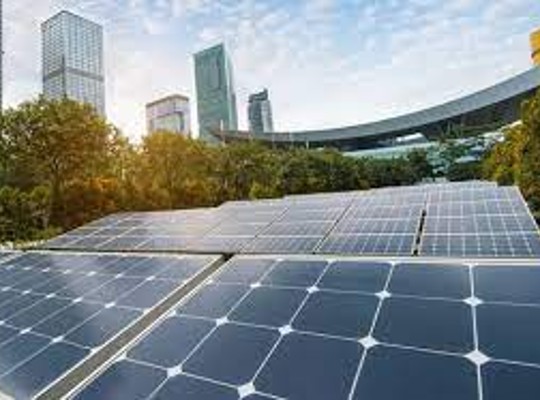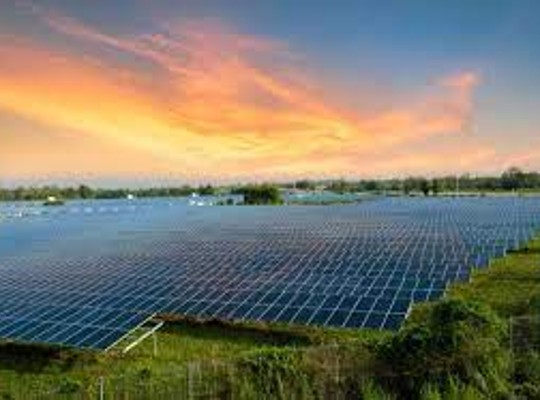India’s power supply is primarily driven by coal, which is not sustainable and contributes to climate change. Solar energy offers green and sustainable electricity, no depletion threat, and a cost-effective solution. Solar power does not require additional expenses beyond installation and maintenance. India receives an average of 300 days of sunlight annually, providing nearly five trillion kilowatt-hours of renewable and clean solar power.
Solar energy is pivotal in the transition to clean energy, and its success depends on democratizing its use. Community solar initiatives, driven by private sector investments and green energy advocacy, are a significant step towards decentralizing solar energy use, enabling local communities to achieve their goals. The decentralized approach allows for the establishment of mini-grids, providing reliable and clean energy to even the most isolated communities.
Modus Operandi
A community solar project is a decentralized micro-grid system where 3-4 households share a rooftop solar panel, producing 250 to 400 watts of energy per day. Subscription is based on choice, with subscribers opting in through contractual payments. The project has four key players: the host, the sponsor, the utility, and the subscribers. The host owns the project location, the sponsor manages subscriptions, the utility measures and distributes energy, and the subscribers purchase a share of the generated electricity. Anchor tenants are large customers who subscribe to a significant portion of the solar asset.
Unparalleled Benefits
Community solar initiatives are shared solar energy systems that allow residents and small businesses to benefit from a common solar asset. These projects are centrally located in neighbourhoods, public facilities, or unused land, allowing citizens to subscribe to a portion of solar energy and contribute to mitigating their carbon footprint. Benefits include accessibility, cost savings, and shared responsibility towards a sustainable future. Community solar initiatives also catalyze employment generation, boost economic growth, and foster collaboration among local businesses. They can revitalize communities by attracting investments, revitalizing innovation, and positioning them as leading stakeholders in the clean energy revolution.
However, there is a need for more uniform policies, standards, and specifications for all popular decentralized renewable energy technologies to boost the sector. The solar irrigation pump is one of the few technologies with detailed specifications and standards, expanding due to government initiatives.
Successful Projects to Replicate
India has seen successful community solar projects that not only contribute to sustainable energy production but also empower local communities. Modhera, Gujarat, has become India’s first solar-powered village, equipped with solar panels and a 6-megawatt power plant. This project has reduced villagers’ electricity bills and positioned Modhera as a model for other rural areas in Gujarat and potentially across India.
In Delhi, the Community Solar Rooftops initiative, allows solar developers to install rooftops on consumer premises. This policy allows consumers to receive net metering benefits on their bills and generation-based incentives, encouraging solar energy adoption. This initiative is particularly suitable for densely populated urban areas like Delhi, where space constraints limit the feasibility of large-scale solar projects. These examples demonstrate the diverse applications and benefits of community solar projects in India, highlighting the critical role of innovative policy frameworks and community engagement in scaling up solar energy adoption nationwide.
Towards Creating Larger Impact
Community solar projects are transforming lives and protecting the planet by empowering local communities. These projects, driven by community members, boost the local economy and contribute to broader macroeconomic indicators. They also create job opportunities, improving livelihoods and reducing reliance on coal. The value chain of these initiatives includes installation, maintenance, and energy system management. Community members gain valuable skills and employability, driving sustainable economic growth.
Going coal-free by 2070 requires consistent collaborations, engagements, and sustained investment in the sector, especially in rural communities. This will ensure a gradual transition towards a more sustainable, clean energy future. To optimally harvest solar energy, communities require more technical knowledge, clear stakeholder roles, and financial viability. Moreover, policy development and private sector investment are crucial for mainstreaming these projects and ensuring their long-run success.













